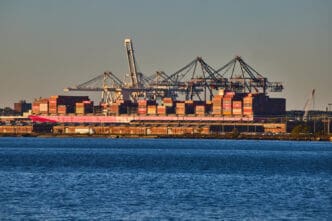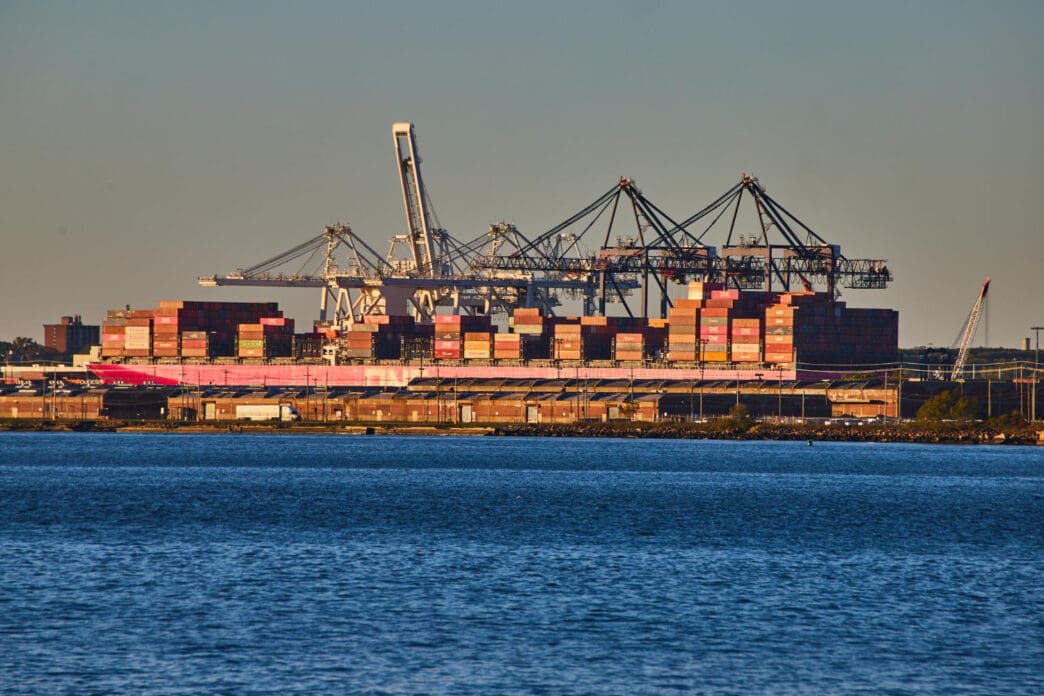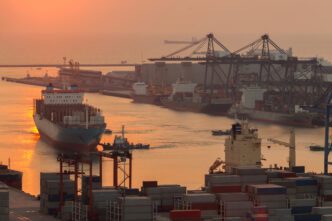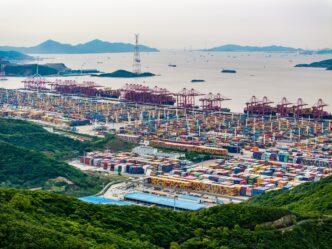Executive Summary
The Story So Far
Why This Matters
Who Thinks What?
The implementation of trade tariffs by President Donald Trump’s administration is beginning to test American demand for imported goods, notably impacting Scottish produce such as salmon and shortbread. These tariffs, intended to incentivize domestic production, are leading to increased prices for consumers and prompting strategic adjustments from international businesses and trading partners globally.
Impact on Scottish Goods and Businesses
Scottish produce, including shortbread and salmon, is subject to a 10% tariff on imports into the US. Anne Robinson, owner of Scottish Gourmet USA, which imports and sells Scottish goods, notes that prices are rising due to these tariffs, a weakened US dollar, and higher operational costs. She highlights that the cost of a box of Scottish shortbread has increased by at least $1, raising concerns about consumer willingness to pay higher prices compared to American-made alternatives.
The tariffs pose a direct risk to jobs in Scotland, such as at Walker’s shortbread factory in Aberlour on Speyside, which employs up to 1,700 people in peak seasons and exports a significant portion of its products. Conversely, this policy could potentially boost jobs in US bakeries, exemplified by Mondelez, the producer of Lorna Doone Shortbread cookies.
For the Scotch whisky industry, which also faces a 10% tariff, Diageo, owner of Johnnie Walker, estimates an annual cost of £150 million. Importers in the US have reportedly absorbed most of the tariff costs to date, but economists anticipate these costs will increasingly be passed on to consumers.
Broader Economic Consequences
The effects of President Trump’s tariffs extend beyond Scottish goods, impacting major international corporations across various sectors. Car manufacturers, for instance, are forecasting substantial financial hits: Toyota expects a £7.1 billion full-year impact, Honda over £2.3 billion, General Motors between £3 billion and £4 billion annually, and Ford £1.5 billion this year. Caterpillar, a construction machinery maker, estimates a £1 billion cost.
These tariffs, which are taxes paid by importers, are designed to discourage imports and encourage domestic production. Economists have noted an unexpected delay in these costs being passed on as higher consumer prices, but recent data indicates a shift, with wholesale prices jumping 0.9% last month, exceeding expectations.
Various goods from other countries are also facing significant tariffs. Coffee from Brazil carries a 50% tariff, while cars from Germany and other EU exports of food and machinery face a 15% charge. Watches, cheese, and gold from Switzerland are subject to a 39% tariff, and US smartphones made in India are facing a 25% tariff, which could double.
International Responses and Trade Realignments
US trading partners are exploring various responses to the tariffs. The UK has seen a relatively lighter 10% baseline tariff, though uncertainty remains for steel and pharmaceuticals. Canada, whose economy is highly integrated with the US, is seeking to reduce its reliance on US trade. There is also potential for a new alliance among large economies like Brazil, India, and South Africa, which appear unwilling to accept US tariffs without retaliation.
The tariffs are also leading to a redirection of global trade. For example, the Scottish salmon industry, facing a 10% US tariff compared to Norway’s 15%, may gain a competitive advantage in the US market, but this differential could distort other markets. Chilean, Canadian, and Norwegian salmon producers are reportedly looking to redirect more product to lower-tariff export markets like the EU and parts of Asia, which could increase supply and potentially lower prices for European consumers.
Salmon Scotland, the trade body, is intensifying efforts to promote Scottish salmon’s “Label Rouge” quality certification in France, with matched funding from the Scottish government. This highlights the industry’s adaptation to changing market dynamics.
Outlook for Importers and Consumers
For US importers, the tariffs present significant challenges. Anne Robinson of Scottish Gourmet USA describes tariffs as “a tax that benefits no-one,” arguing they hurt businesses of all sizes, making planning and pricing difficult. She indicates that her company is holding off on hiring, raising wages, and expanding due to the tariffs and the resulting fall in the dollar’s value.
The broader risks for Americans include higher prices for imported goods, increased costs for components used by US manufacturers, and a potential for domestic producers to raise prices due to reduced overseas competition. Furthermore, the weakened dollar makes overseas travel more expensive for Americans.
The ongoing imposition of tariffs by the Trump administration is thus creating a multifaceted economic impact, raising prices for consumers, affecting the profitability and operational strategies of businesses globally, and prompting a significant reevaluation of international trade routes and partnerships. The full extent of these shifts and their long-term implications for global commerce continue to unfold.








